The Store Chronicles: Stores in Transition
30/07/2020 | by Proximity
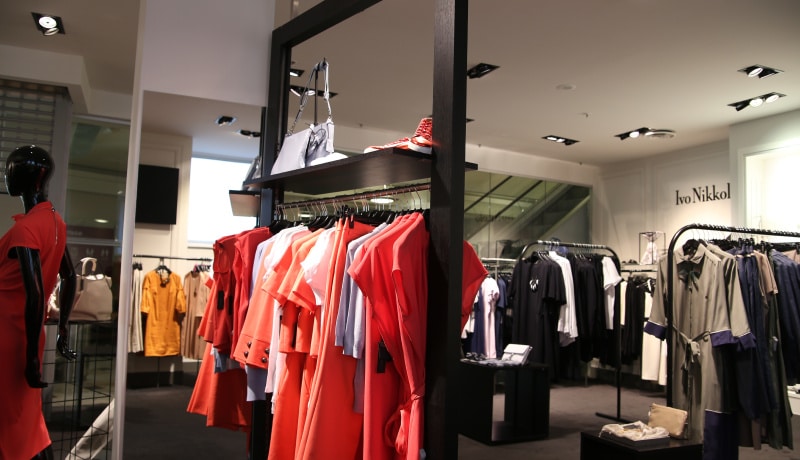
The first entry in our new series, The Store Chronicles, is written by Gerald Maidment, Senior Strategic Advisor and Head of EMEA Sales at Proximity Insight. He has shared his views on how stores are transitioning into technology hubs to keep up with consumer demand in the wake of COVID19.
The reasons for stores, part one.
Perhaps it’s time to consider, in the light of Covid restrictions, why people will continue to visit stores. And for now, let’s set aside the ‘replenishment’ viewpoint, and focus on stores that sell things we don’t necessarily ‘need’. From here on, this blog is a supermarket and Primark/H&M/Zara free zone.
What is it that Websites cannot yet provide?
While good Websites tell stories and create personalised experiences, they don’t provide that truly individual, in-person touch. We’ve all spent too much time on Zoom calls to overlook the limits of the medium. It’s the same missing element with Websites: the human touch. We are designed to communicate in person; if you want to feel that someone ‘gets’ you, then face to face is best.
People not products
We are in a period of accelerated transition in retail as in so many other aspects of our lives. Stores are no longer primarily about products. Product has become digital’s domain: drop it in the basket and it will arrive tomorrow. On the other hand, stores are about people. And the selling ceremony is not about selling, it’s about meeting the brand in person and having a sense of allegiance to a specific community.
Stores are a meeting point for people and brands. And great meeting points – like the Bridge of Sighs or Grand Central Station or Trafalgar Square – benefit from investment and vision. In London, flagship stores are built on the clarity and strength of the brand essence.
Top brand meeting points in London
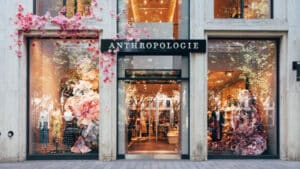
Anthropologie, with its living wall and quirky ‘found’ items.
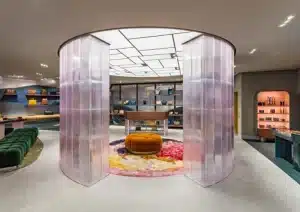
Mulberry on Regent Street continues to explore its brand, thoughtfully, and is quintessentially modern English in style

Eytys located in Covent Garden, conjures up warm people with infrastructure-grade unisex boots.
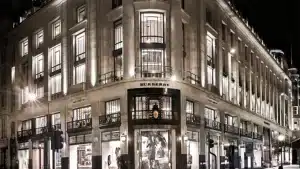
Burberry on Regents St. Is it a cinema without a screen and are those people actors, the clothing merely costumes?
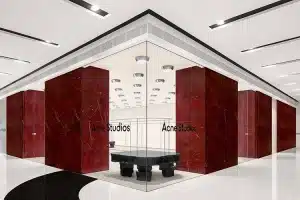
Acne Studios Dover Street, whose friendly staff sustain you from street level to blue sky on the top floor.
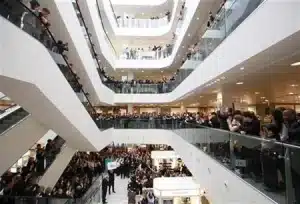
John Lewis on Oxford Street, where partners offer a most astonishing thing, impartial advice.
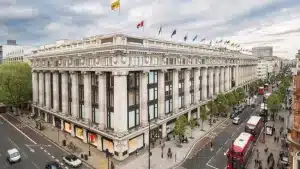
Selfridges a self-sustaining island city of fabulousness anchored alongside Hyde Park Corner.
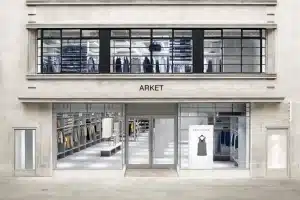
Arket – so Swedish you almost expect passport checks at the EU’s London border.
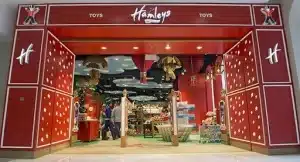
Hamleys which is crammed to its energetic gunwales with flying things and Lego and stuff.
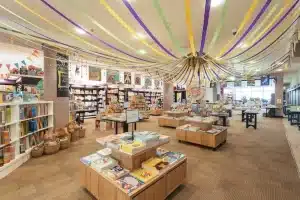
Waterstones nearby on Piccadilly, where people read and talk hushedly to the librarians.
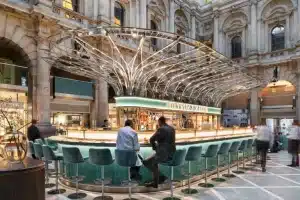
Fortnum and Mason a purveyor of a lifeform that is largely tea and coffee based.
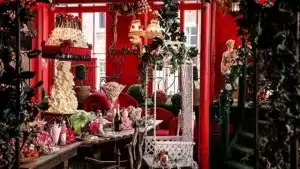
Choccywoccydoodah (no longer with us) that used to feature fairy-like chocolate creations and molten ambition!
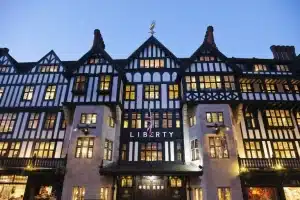
Liberty London which offers unique department assistants and an otherworldly atmosphere.
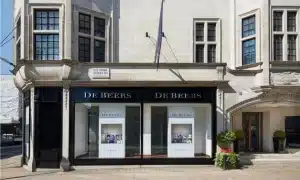
De Beers on Old Bond St, a vast showcase of brand and diamond story telling.
The solution? Technology in stores, not experiences online
A digital person may look at flagship stores and start to create comparable ‘experiences’ online. But for now, post lockdown, I am sticking with the real world. By all means bring technology into stores. But don’t forget that stores are no longer just about product; it’s about an encounter between people and brands.